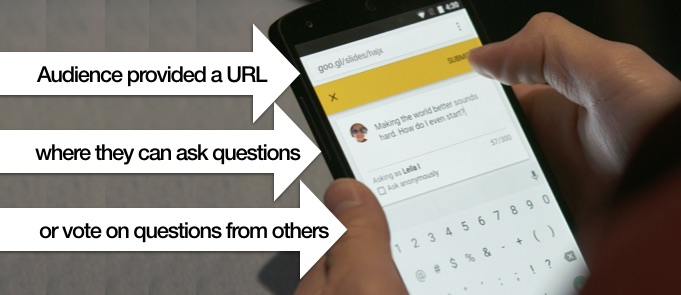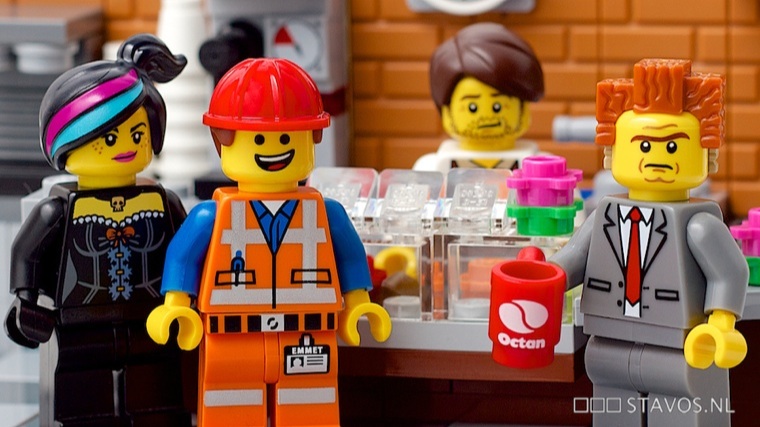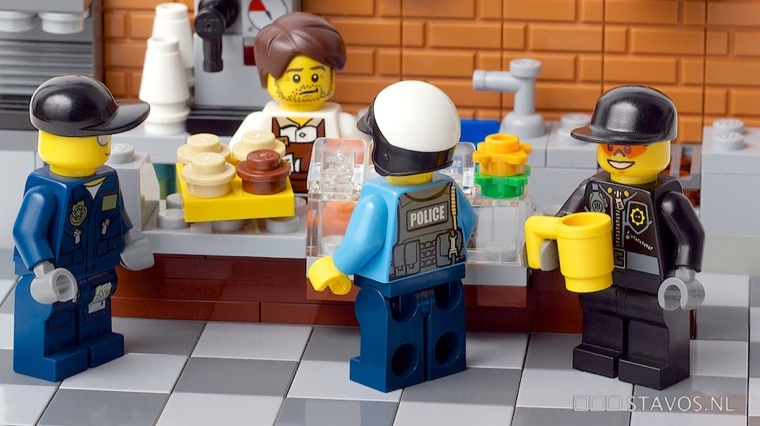For the last two years, author and journalist James Fallows and his wife, Deb, have been on a 54,000-mile journey around America in a single-engine plane. In a cover story appearing in Atlantic Magazine, Fallows explained how he believes America is putting itself back together. For us, the most insightful part of the story was a sidebar in which Fallows shares the checklist of 11 attributes the couple discovered in cities and towns that appear to be successfully addressing the challenges that other cities aren't. Unlike most lists we report on, this isn't a ranking of cities and the Fallows don't say who the winners and losers are; it's merely a checklist the couple developed to help them look for the signs of urban and small town success. We think it's also a great checklist to apply to cities where you'll find a lot of successful small businesses.
1 | Divisive national politics seem a distant concern.
Fallows: “Cable TV was often playing in the background, most frequently Fox News; if people had stopped to talk about what was on, they might have disagreed with one another and with us. But overwhelmingly the focus in successful towns was not on national divisions but on practical problems that a community could address … The more often national politics came into local discussions, the worse shape the town was in.”

2 | You can pick out the local patriots.
Fallows: “When asked, 'Who makes this town go?' the more quickly it was provided, the better shape the town was in. Often different people had different answers. But the important thing was them having an answer. And the quicker, the better.”
3 | Public-private partnerships are real.
Fallows: “Through the years I had assumed this term was just another slogan or a euphemism for sweetheart deals between Big Government and Big Business. But in successful towns, people can point to something specific and say, 'This is what a partnership means.' Example: In Holland, Michigan, the family-owned Padnos scrap recycling company works with a local ministry called 70×7 Life Recovery to hire ex-prisoners who would otherwise have trouble reentering the workforce.”
4 | People know the civic story.
Fallows: “America has a 'story,' which everyone understands even if only to say it's a myth or a lie. Successful cities have their stories too. As with guiding national myths, the question is not whether these assessments seem precisely accurate to outsiders. Their value is in giving citizens a sense of how today's efforts are connected to what happened yesterday and what they hope for tomorrow.”

5 | They have a downtown.
Fallows: “This seems obvious, but it is probably the quickest single marker of the condition of a town. For a “young” country like the United States, surprisingly many cities still have 'good bones,' the classic Main Street-style structures built from the late 1800s through World War II. In the mall-and-freeway decades after the war, some of these buildings were razed and even more were abandoned or disfigured with cheap aluminum fronts.”
6 | They are near a research university.
Fallows: “Research universities have become the modern counterparts to a natural harbor or a river confluence. In the short term, they lift the economy by bringing in a student population. Over the longer term, they transform a town through the researchers and professors they attract.”
7 | They have, and care about, a community college.
Fallows: “Not every city can have a research university. Any ambitious one can have a community college. The more often and more specifically we heard people talk about their community college, the better we ended up feeling about the direction of that town.”
8 | They have unusual schools.
Fallows: “Early in our stay, we would ask what was the most distinctive school to visit at the K–12 level. If four or five answers came quickly to mind, that was a good sign.”
9 | They make themselves open.
Fallows: “The anti-immigrant passion that has inflamed this election cycle was not something people expressed in most of the cities we visited. On the contrary. Politicians, educators, businesspeople, students and retirees frequently stressed the ways their communities were trying to attract and include new people.”
10 | They have big plans.
Fallows: “When a mayor or city-council member shows me a map of how new downtown residences will look when completed, or where the new greenway will go, I think: 'I'd like to come back.' Cities still make plans, because they can do things.”
11 | They have craft breweries.
Fallows: “One final marker, perhaps the most reliable: A city on the way back will have one or more craft breweries, and probably some small distilleries too. A town that has craft breweries also has a certain kind of entrepreneur and a critical mass of mainly young (except for me) customers. You may think I'm joking, but just try to find an exception.”









